Table of content
- Raw or Dried Cordyceps
- Cordyceps Powder
- Cordyceps Extracts and Tinctures
- Cordyceps Tea
- Cordyceps in Soups and Broths
- Cordyceps Supplements
- Enhanced Energy and Stamina
- Immune Support
- Anti-Aging Properties
- Respiratory Health
- Kidney and Liver Support
- Anti-Inflammatory Effects
- Allergies
- Drug Interactions
- Pregnancy and Breastfeeding
- Quality Concerns
Cordyceps, a genus of parasitic fungi that has been revered in traditional medicine for centuries, has gained global popularity for its potential health benefits. Among the most prized species, Cordyceps sinensis and Cordyceps militaris stand out due to their unique growth patterns and nutritional profiles. While traditionally harvested in the high-altitude regions of Tibet and China, modern cultivation techniques have made cordyceps more accessible worldwide. This article explores the various ways to consume cordyceps, its nutritional advantages, and essential precautions to ensure safe and effective use.
What Is Cordyceps?
Cordyceps is not a single organism but a group of fungi that parasitize insects or arthropods. The most famous species, Cordyceps sinensis, infects caterpillars, leading to a striking appearance where the fungal fruiting body emerges from the insect’s exoskeleton. However, due to overharvesting and environmental concerns, cultivated strains like Cordyceps militaris have become more common. These cultivated varieties offer similar bioactive compounds, such as cordycepin, polysaccharides, and beta-glucans, which are linked to immune support, energy enhancement, and anti-inflammatory properties.
Nutritional Profile of Cordyceps
Cordyceps is rich in bioactive metabolites that contribute to its therapeutic potential. Key components include:
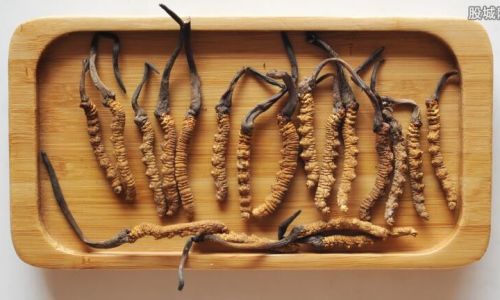
- Cordycepin: A nucleoside analog with antimicrobial and anti-inflammatory effects.
- Polysaccharides: Complex carbohydrates that support immune function.
- Beta-Glucans: Fibers that modulate the immune system and reduce cholesterol.
- Adenosine: A compound involved in energy metabolism and blood flow regulation.
- Antioxidants: Such as superoxide dismutase (SOD), which combats oxidative stress.
These compounds work synergistically to promote health, making cordyceps a sought-after supplement in functional medicine.
How to Consume Cordyceps: Methods and Preparation
The versatility of cordyceps allows for various consumption methods, each offering unique benefits and absorption rates. Below are the most effective ways to incorporate cordyceps into your diet:
Raw or Dried Cordyceps
Traditional practitioners often use whole, dried cordyceps in their raw form. To prepare:
- Soaking: Soak 5–10 grams of dried cordyceps in warm water for 1–2 hours to soften them.
- Boiling: Add the soaked cordyceps to a pot of water (4–6 cups) and simmer for 30–45 minutes. Strain the liquid and drink it as a tea. The rehydrated cordyceps can be eaten or discarded.
- Grinding: Dried cordyceps can be ground into a powder using a coffee grinder or mortar and pestle. Mix the powder into soups, stews, or smoothies.
Cordyceps Powder
Powdered cordyceps is a convenient option for daily use. It can be:
- Stirred into Beverages: Add 1–2 teaspoons to hot water, tea, or coffee.
- Blended into Smoothies: Combine with fruits, yogurt, or plant-based milk for a nutrient-packed drink.
- Mixed into Food: Incorporate into oatmeal, energy bars, or baked goods.
Cordyceps Extracts and Tinctures
Liquid extracts, such as tinctures or dual-extracted liquids, offer concentrated doses of active compounds. To use:
- Sublingual Administration: Place 1–2 droppers full under the tongue for rapid absorption.
- Mixing with Liquids: Add to juice, water, or tea.
Cordyceps Tea
Brewing cordyceps tea is a soothing way to enjoy its benefits:
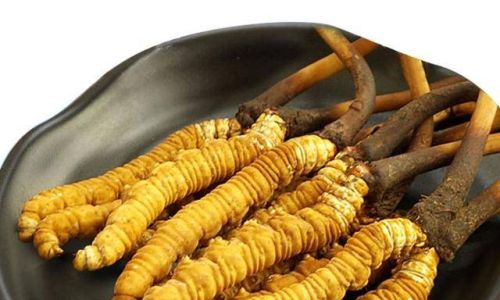
- Ingredients: 1 liter of water, 5 grams of dried cordyceps, and optional additions like ginger or honey.
- Preparation: Simmer the cordyceps in water for 20–30 minutes. Strain and serve hot or chilled.
Cordyceps in Soups and Broths
In traditional Chinese cuisine, cordyceps is added to nourishing soups:
- Recipe: Combine dried cordyceps with chicken, mushrooms, and goji berries in a slow cooker. Simmer for 4–6 hours for a flavorful, immune-boosting broth.
Cordyceps Supplements
For those seeking precision, supplements like capsules or tablets provide standardized doses. Follow the manufacturer’s instructions, typically 1–3 grams daily.
Benefits of Cordyceps Consumption
Cordyceps is associated with a range of health benefits, supported by both traditional use and modern research:
Enhanced Energy and Stamina
Cordyceps improves ATP (adenosine triphosphate) production, the body’s primary energy currency. This makes it popular among athletes and individuals seeking to combat fatigue.
Immune Support
Polysaccharides and beta-glucans in cordyceps stimulate immune cells like macrophages and natural killer (NK) cells, enhancing the body’s defense against infections.
Anti-Aging Properties
Antioxidants in cordyceps neutralize free radicals, reducing oxidative stress and inflammation linked to aging and chronic diseases.
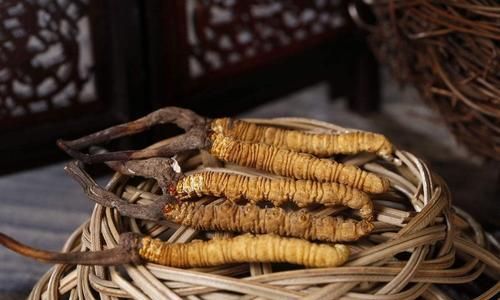
Respiratory Health
Traditional uses include treating asthma and bronchitis. Modern studies suggest cordyceps may dilate airways and improve oxygen utilization.
Kidney and Liver Support
Animal studies indicate cordyceps may protect against kidney damage and liver fibrosis, though human trials are limited.
Anti-Inflammatory Effects
Cordycepin and other compounds reduce inflammatory markers, potentially benefiting conditions like arthritis and inflammatory bowel disease.
Precautions and Side Effects
While generally safe, cordyceps may cause adverse reactions in some individuals:
Allergies
People with mold allergies may experience itching, rashes, or difficulty breathing. Conduct a patch test before regular use.
Drug Interactions
Cordyceps may interact with anticoagulants (e.g., warfarin) or immunosuppressants. Consult a healthcare provider before use.
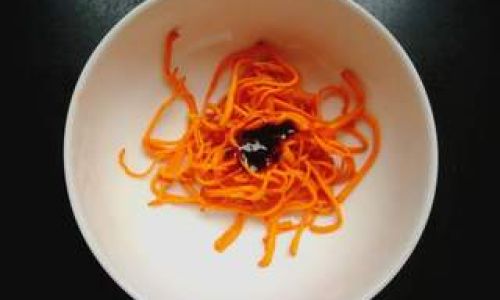
Pregnancy and Breastfeeding
Safety during pregnancy or lactation is unstudied. Avoid use unless advised by a doctor.
Quality Concerns
Choose products certified by third-party labs to avoid contamination with heavy metals or pesticides.
How to Choose the Right Cordyceps Product
With numerous brands available, consider the following:
- Species: Cordyceps militaris is often more potent and sustainable than wild C. sinensis.
- Extraction Method: Dual-extracted products (water + alcohol) capture both polar and non-polar compounds.
- Certifications: Look for organic, non-GMO, and vegan labels.
Frequently Asked Questions
Q: Can cordyceps be consumed daily?
A: Yes, but stick to recommended doses (1–3 grams daily). Cycling use (e.g., 5 days on, 2 days off) may prevent tolerance.
Q: Is cultivated cordyceps as effective as wild?
A: Cultivated C. militaris often contains higher cordycepin levels than wild C. sinensis, making it a viable alternative.
Q: Does cooking destroy cordyceps’ benefits?
A: Mild cooking (e.g., simmering) preserves most compounds, but high heat may degrade some volatiles.
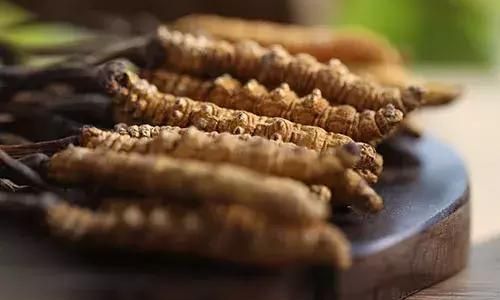
Q: Can children take cordyceps?
A: Safety in children is unstudied. Avoid use in those under 18.
Conclusion
Cordyceps offers a fascinating blend of traditional wisdom and modern science, with consumption methods tailored to diverse preferences. Whether brewed into tea, blended into smoothies, or taken as a supplement, this fungus provides a natural avenue to support energy, immunity, and longevity. However, mindful sourcing, dosage adherence, and awareness of potential interactions are crucial to harnessing its benefits safely. As research evolves, cordyceps may解锁 even more secrets to human health, cementing its place as a functional food powerhouse.
By understanding the nuances of preparation and consumption, you can integrate cordyceps into your wellness routine with confidence, unlocking its potential to enhance vitality and resilience.
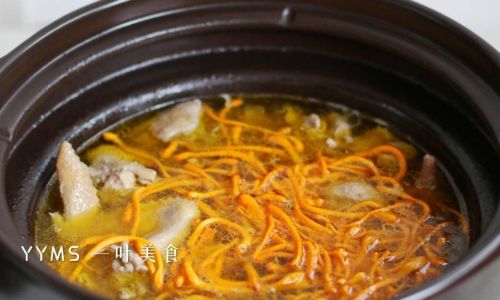
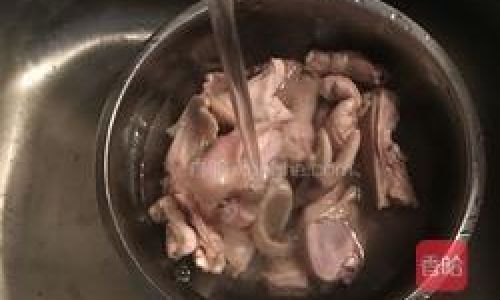


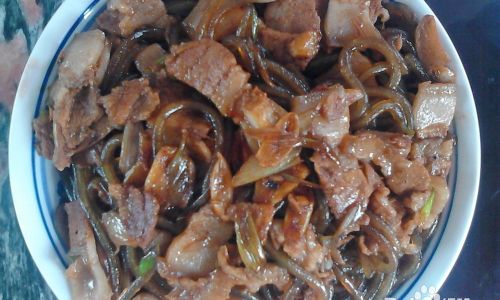
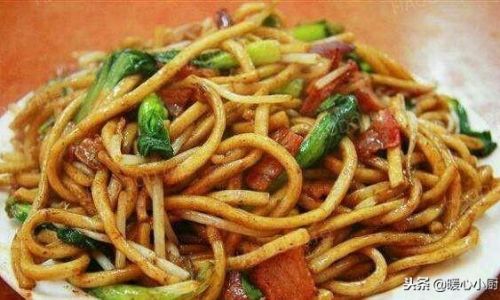
0 comments